
Interventional Glaucoma
Latest News
CME Content






How affordable are glaucoma interventions in developed and developing countries? Doug Katsev, MD, takes a look.

Steps to drive costs down include patient education, greater competition in marketplace

Latanoprostene bunod especially useful to patients who do not respond to first-line therapy
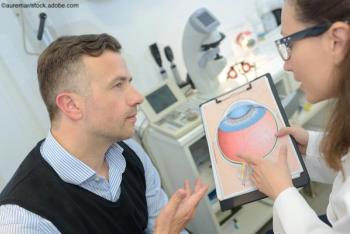
Novel platforms address adherence; clinicians look to efficacy, treatment duration
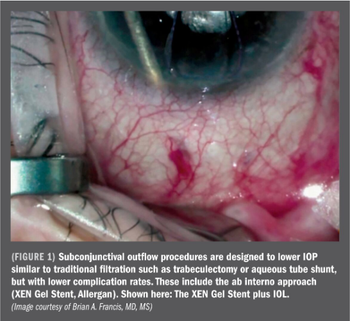
Here is one question to help clinicians decide: ‘What is the anatomy giving me?’

Exploring broad utility of netarsudil for ROCK inhibition across spectrum of glaucoma
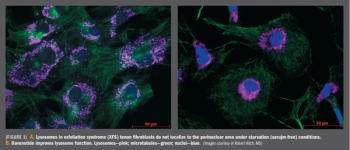
Research to understand underlying mechanisms may lead to clues for targeted therapy
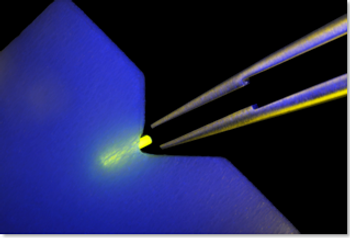

Ophthalmology Times’ Editorial Advisory Board members share their thoughts on what to watch in year ahead

Ophthalmology benefiting from active programs for innovative product development in 2018 and onward


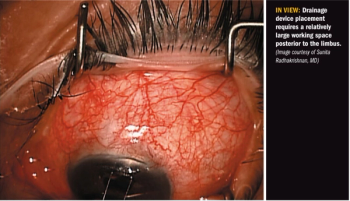
Orbital and adnexal anatomy and pathology can affect IOP and its measurement as well as planning of glaucoma surgery, and these structures can be affected by medical and surgical treatment of glaucoma
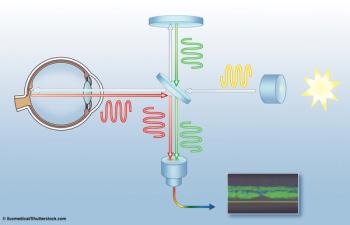
Optical coherence tomography angiography is finding new uses in glaucoma, as it can depict loss of blood vessels around the optic nerve and distinguish vascular layers.
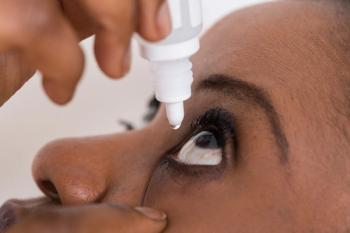

Here's how your practice can utilize Facebook to reach out and spread the word about how you can help people with glaucoma.
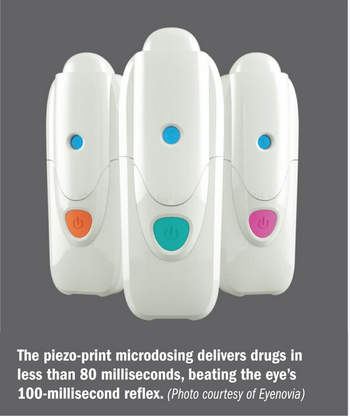
The piezo-print microdosing delivers drugs in less than 80 milliseconds, beating the eye’s 100-millisecond reflex.

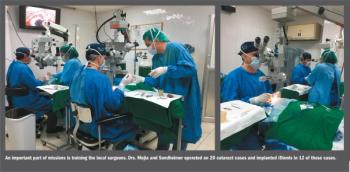

Results from MERCURY-1, a 12-month phase III pivotal trial, show that once daily treatment with fixed-dose combination netarsudil 0.02%/latanoprost 0.005% (Aerie Pharmaceuticals) is safe and provided significantly greater IOP-lowering than either of its components throughout follow-up.


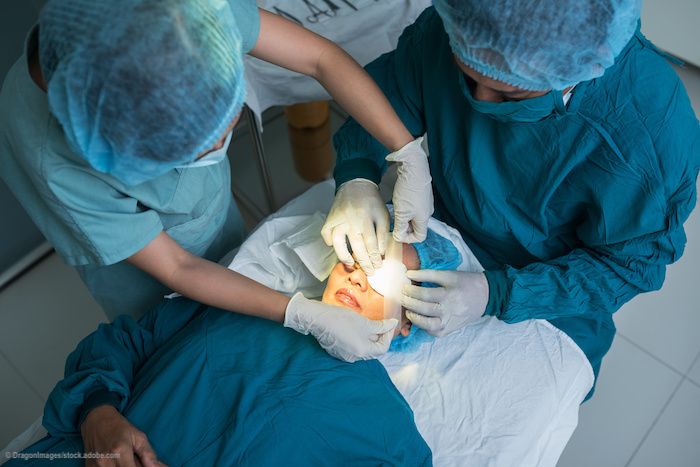













































.png)


